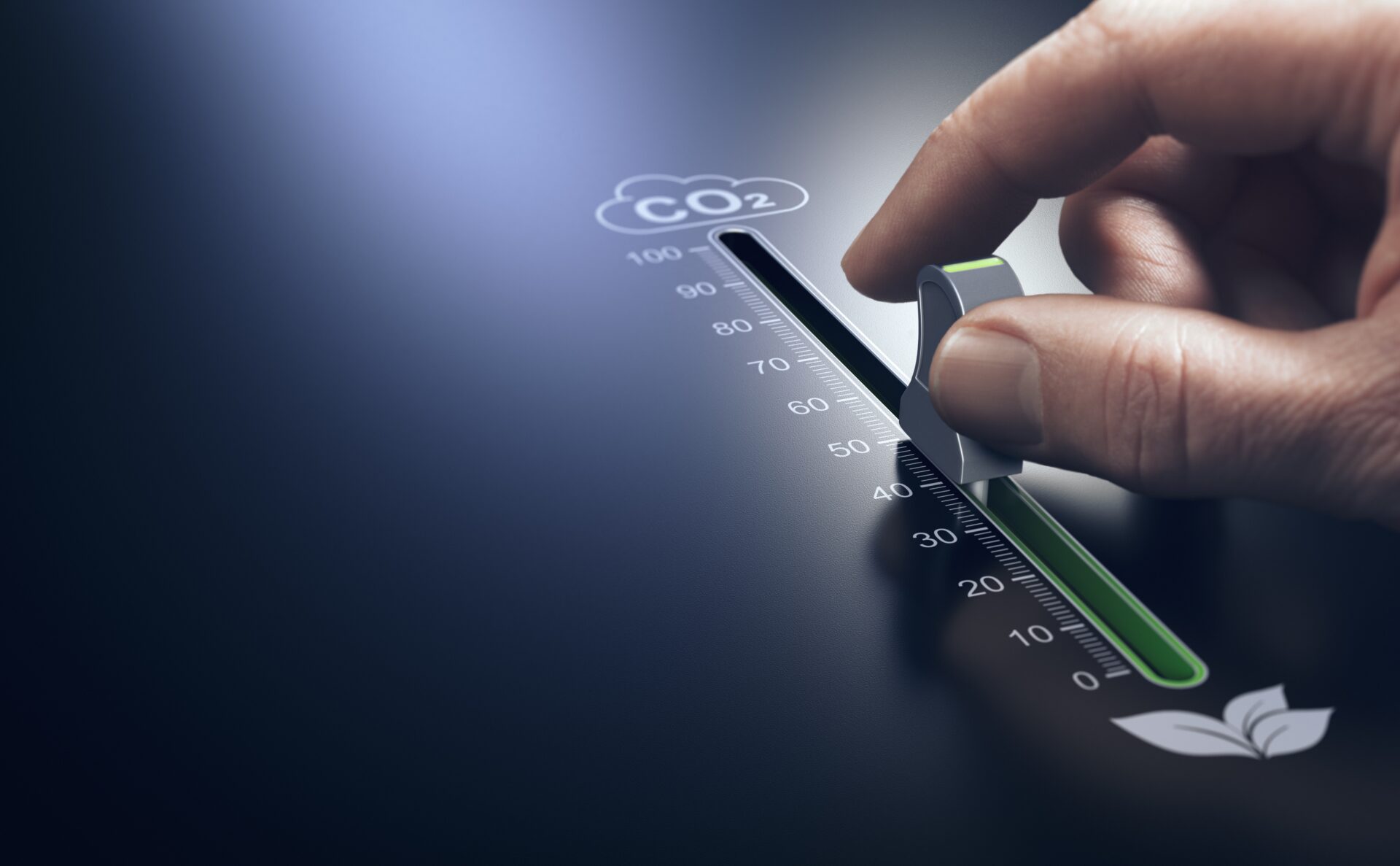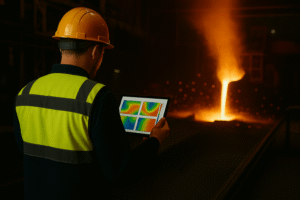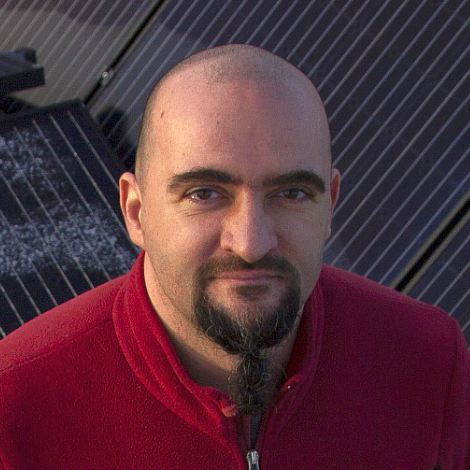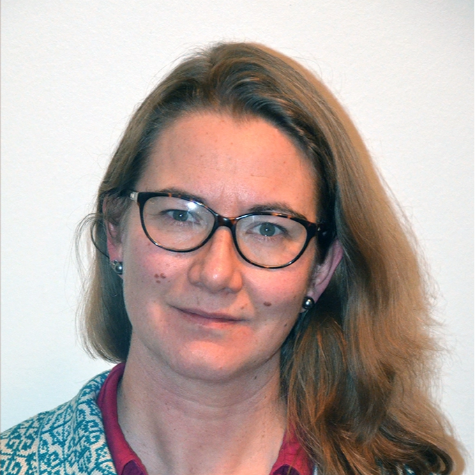In order to support Norway and Europe’s climate-neutrality ambitions, the project NCS C+ will develop and mature four climate-positive technologies that focus on removing large volumes of carbon dioxide (CO₂) and methane from the atmosphere. These four pathways are:
-
- Converting algae and/or waste bio-resources into hydrogen and/or heat with CCS,
- Removing CO2 from the ocean,
- Removing CO2 from the air (often referred to as DAC), and
- Removing methane from the air.
In this interview, Richard Blom, chief scientist at SINTEF Industry, shares insights on Direct Air Capture (DAC) from the NCS C+ project.
- NCS C+ is a part of the broader LINCCS project.
What is Direct Air Capture and how does it work?
Answer: Direct air capture of carbon dioxide, which is the kind of main topic, is taking CO₂ straight out from the air and putting it underground. And doing that, since the concentration of CO₂ in the air is only 400 PPM or 0.04% volume percent, is a hard task. It will cost a lot of energy and also be a very huge process. But the point is to try to increase the concentration from 400 PPM to, let’s say, as close to 100% as possible, because then you can store it directly by liquefying it and putting it underground.
Can you describe the technology behind capturing CO₂?
Answer: It is a kind of modular box, let’s say it’s three by three by three meters. We blow air through it to fill it up, and inside this box, you will have a material that is able to take out the CO₂ selectively from the air. So, when you blow air through it, it starts absorbing this CO₂. And then at some point, you will stop the blowing through the box, close it at each side, pull vacuum on it, and heat it, and extract the CO₂ that way. And after some time, you will have your CO₂ stream, quite pure hopefully, that you can take and liquefy and put under the ground, and then you will open the box again, blow air through it for a couple of hours to fill it up again, and redo that cycle.
What are the material and energy requirements for CO₂ capture?
Answer: What we want to look more into is how does the kind of adsorbent affect the performance of the process? Is it very adsorbent dependent or is it not? So this is actually the first thing we do in the project. And we do this by simulating the process using two very different adsorbents to see how important the properties of the adsorbent are.
Another thing we’re looking into – I think it’s very important that this adsorbent is very simple, easy to make, cheap and stable forever. Otherwise you will have to change it very often, and we’re talking about tonnes of materials, so we wouldn’t like to do that. This has been a starting point, and from that we will find out how much energy is needed to capture a certain amount of CO₂, and how much adsorbent do you need to capture a certain amount of CO₂, and so on. So, you evaluate the process and also point at the more critical factors when further developing this process, because there are some challenges, I will say.
How does capturing methane compare to CO₂?
Answer: Methane is a bigger challenge, I would say, with only 2 ppm in air, which is really, really low. And it’s a much more challenging gas to capture because it’s really inert. It’s not like CO₂ that actually has a certain affinity to surfaces, for instance. Methane bonds very weakly to all kinds of surfaces. We have not been able to measure any material that is able to adsorb it at 2 ppm. So I think we need to find good places on Earth where we have naturally higher methane concentrations in order to maybe have such a process.
What is the significance of Direct Air Capture in climate mitigation?
Answer: Remember that DAC is not instead of CCS, but it is in addition to CCS. To take down the concentration in the atmosphere, when we’re done all the point sources, we need to take down the concentration in the atmosphere from let’s say 500, 600, 700 ppm down to back to 300 ppm as it was before we started to release CO₂.
Explainer video: The Norwegian Continental Shelf: A Driver for Climate-Positive Norway (NCS C+)
Find out more about the other technologies being investigated by NCS C+:
https://blog.sintef.com/sintefocean/can-we-capture-co%e2%82%82-from-the-ocean/















Comments
No comments yet. Be the first to comment!